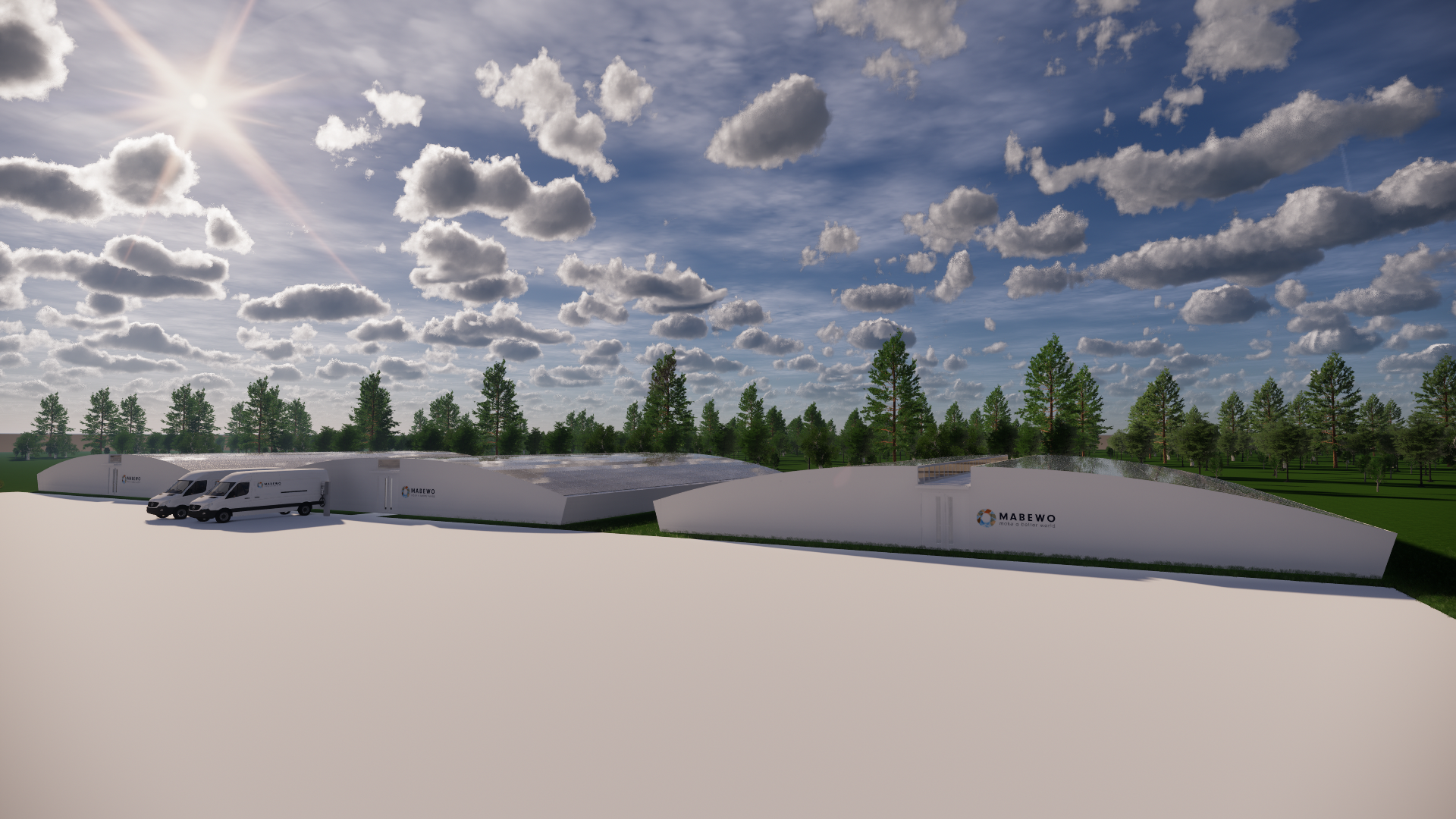Indoor vertical farming is an efficient agricultural concept in which crop production is shifted from the ground upwards. The idea arose from the knowledge of the growing population – in conversation with Stefan Ruckelshaußen, organic farmer from Groß-Gerau.
With rising concerns surrounding feeding the global population and climate change, the agricultural sector has had to pioneer a second green wave. The second green wave refers to the industries’ attempt at solving the two crises through different methods. One of these is through indoor farming.
What is indoor farming?
Indoor farming, also known as vertical farming (VF), refers to a method of crop growing. This type of farming makes use of the height of the given space as well as the flat plane of traditional agriculture. By stacking the plants and crops, scientists can control the different variables needed for growing crops.
People working on indoor farms can use less water, less soil and encourage less transportation of produce. By controlling so many elements, plants can be grown in countries that do not normally support their cultivation. We can grow fresh bananas in London or Mangos in Paris. The versatility would mean we would have access to fresher tasting fruits and vegetables at our doorsteps. However, all this controlling of external variables means using extra energy.
As mentioned, vertical farming seeks to solve several problems; these include the environmental downsides to traditional horticulture and the growing food security crisis. To help with climate change and sustainability, we have to make sure that vertical farming develops into a larger industry while keeping a clean carbon footprint. Which begs the question; how can we regulate energy consumption in Indoor Farming?

Where is the energy consumption in Indoor Farming?
- Transportation: The shipping of fruits and vegetables has caused concerns around the use of electricity and energy in the agricultural sector. To facilitate international transportation of goods, produce needs to be processed, cooled, and stored to prevent it from perishing before reaching a customer’s plate.
- Lighting: Indoor farms do not have the same access to natural lighting that a normal field of crops would. This means we have to consider the extra energy being consumed by lighting when we move the practice indoors.
- Climate control: In traditional farming, plants are grown outdoors and as a result, there is less energy consumed through climate regulations. However, in an indoor space, environmental stabilising is necessary. This can include heating, fans, and insulation.
What developments have we seen and will see to reduce energy consumption and make vertical farming as green as possible?
- Transportation: With vertical farming, we can bypass many of the steps involved with shipping such as cooling and processing. Vertical farms are perfectly adapted to thrive in urban areas within a refurbished building. Due to its locality, much of the energy consumed in transport for traditional agriculture is forgotten.
- Lighting: An interesting consideration is that lighting influences the times where plants grow, flower, and create fruit, so crops can ripen far faster in indoor plants. Developments have been made to reduce the energy and efficiency of the lighting used in vertical farming. Data has shown us which lighting and environmental conditions are most effective for the cultivation of certain plants, this can help minimise the amount of lighting needed without wasting any. Additionally, by switching to LED technologies, VF will consume less energy for the same purpose because it creates less waste energy.
- Climate control: As the technology develops in the industry, climate-controlling appliances to keep the temperatures stable indoors are becoming more efficient. They are controlled and automated to create the optimum environment for growing crops. To use less electricity the cooling machines are automated, transferred to renewable energy sources such as solar energy, and replaced with newer and more efficient machines.

The future of energy consumption in vertical farming:
As vertical farming increases in popularity, energy consumption will optimise and become more environmentally friendly. Nevertheless, it is important to consider energy usage as we continue expanding the field of vertical farming to help with problems we suffer from the environment. We need to hold the industry accountable and ensure that indoor farming is taken away from the unsustainable electricity grid and moved towards greener energy sources. There is a bright future for agriculture and the second green revolution is one step towards it!
V.i.S.d.P.:
Morgan Woodward
Student & Blogger
Morgan Woodward is an English student pursuing her Bachelor’s degree in International Politics at the University of London Institute in Paris. She aspires to work as a communicator in the future, whether in journalism or for a political group. Her interests are in health and fitness, travel, biology and politics.
Contact:
MABEWO AG
Chli Ebnet 3
CH-6403 Küssnacht/Rigi
Switzerland
T +41 41 817 72 00
info@mabewo.com
Represented by Mr. Jörg Trübl
MABEWO AG stands for sustainability. „Make a better world“ invests in the future and creates livelihoods where basic needs are met: MABEWO uses photovoltaic systems for water and electricity production. MABEWO is a reliable local service provider that improves people’s lives and creates jobs. Mr. Jörg Trübl is a trained environmental engineer and has 20 years of practical economic experience in business management as a consultant, coach and CEO of SMEs in Europe. Further information under: https://www.mabewo.com/
Press contact:
MABEWO AG
Catrin Soldo
Chli Ebnet 3
CH-6403 Küssnacht/Rigi
Switzerland
T +41 41 817 72 00
c.soldo@mabewo.com
